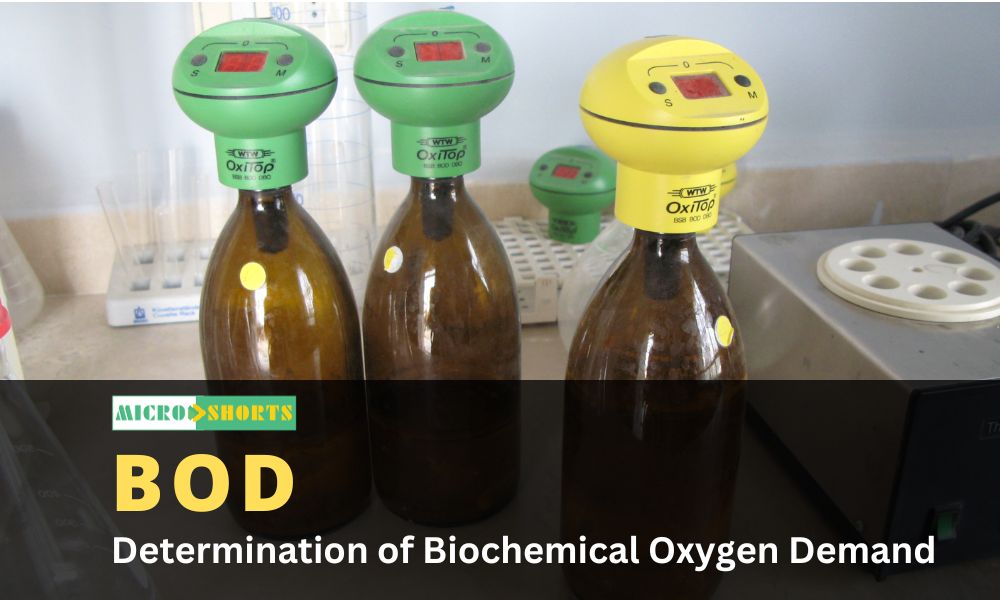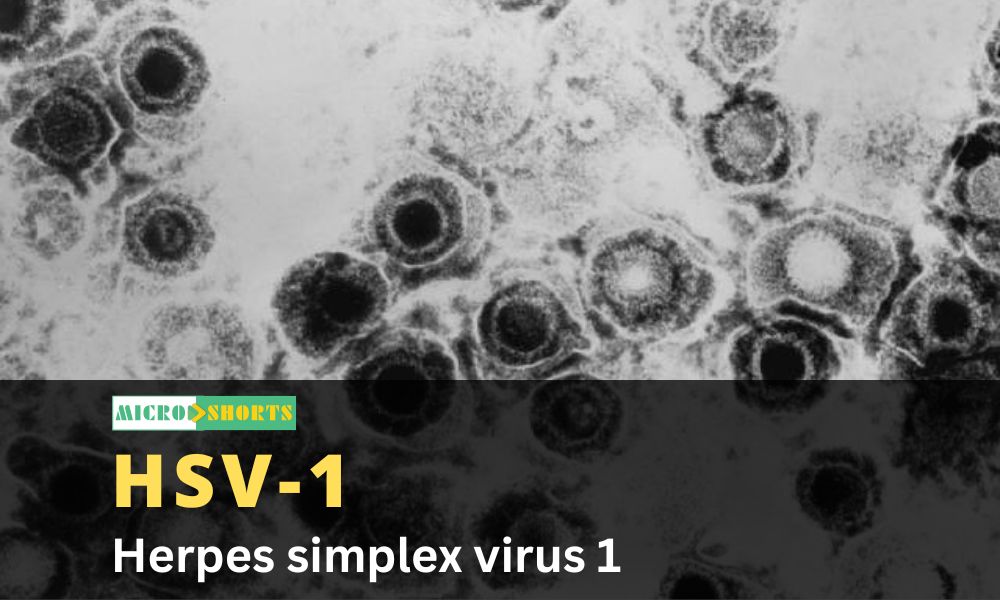Introductions
DNA sequencing refers to methods for determining the
order of the nucleotide bases adenine,guanine,cytosine, and thymine
in a molecule of DNA.
The first DNA sequence was obtained by academic researchers,
using laboratories methods based on 2- dimensional chromatography in the early
1970s.
By the development of dye based sequencing method with
automated analysis, DNA sequencing has become easier and faster.
Two main methods are widely known to be used to sequence
DNA:
- The
Chemical Method (also called the Maxam–Gilbert method after its
inventors).
- The
Chain Termination Method (also known as the Sanger dideoxy method
after its inventor).
- Maxam–Gilbert
technique depends on the relative chemical liability of different
nucleotide bonds, whereas the Sanger method interrupts elongation of DNA
sequences by incorporating dideoxynucleotides into the sequences.
- The
chain termination method is the method more usually used because of its
speed and simplicity.
Chemical Cleavage Method (Maxam–Gilbert Method)
- In
1976-1977, Allan Maxam and Walter Gilbert developed a DNA sequencing
method based on chemical modification of DNA and subsequent cleavage at
specific bases.
- The
method requires radioactive labelling at one end and purification of the
DNA fragment to be sequenced.
- Chemical
treatment generates breaks at a small proportions of one or two of the
four nucleotide based in each of four reactions (G,A+G, C, C+T).
- Thus
a series of labelled fragments is generated, from the radiolabelled end to
the first ‘cut’ site in each molecule.
- The
fragments in the four reactions are arranged side by side in gel
electrophoresis for size separation.
- To visualize the fragments, the gel is exposed to X-ray film for autoradiography, yielding a series of dark bands each corresponding to a radiolabelled DNA fragment, from which the sequence may be inferred.

Key Features
- Base-specific
cleavage of DNA by certain chemicals
- Four
different chemicals, one for each base
- A
set of DNA fragments of different sizes
- DNA
fragments contain up to 500 nucleotides
Advantages
- Purified
DNA can be read directly
- Homopolymeric
DNA runs are sequenced as efficiently as heterogeneous DNA sequences
- Can
be used to analyze DNA protein interactions (i.e. footprinting)
- Can
be used to analyze nucleic acid structure and epigenetic modifications to
DNA
Disadvantages
- It
requires extensive use of hazardous chemicals.
- It
has a relatively complex set up / technical complexity.
- It
is difficult to “scale up” and cannot be used to analyze more than 500
base pairs.
- The
read length decreases from incomplete cleavage reactions.
- It
is difficult to make Maxam-Gilbert sequencing based DNA kits.
Chain Termination Method (Sanger Dideoxy Method)
- The
chain terminator method is more efficient and uses fewer toxic chemicals
and lower amount of radioactivity than the method of Maxam and Gilbert.
- The
key principle of the Sanger method was the use of dideoxynucleotide
triphosphates (ddNTPs) as DNA chain terminators.
- The
chain termination method requires a single-stranded DNA template, a DNA
primer,a DNA polymerase, radioactively or fluorescently labelled
nucleotides,and modified nucleotides that terminate DNA strand elongation.
- The
DNA sample is divided into four separate sequencing reactions, containing
all four of the standard deoxynucleotides (dATP, dGTP, dCTP, dTTP) and the
DNA polymerase.
- To
each reaction is added only one of the four dideoxynucleotide (ddATP,
ddGTP, ddCTP, ddTTP) which are the chain terminating nucleotides, lacking
a 3’-OH group required for the formation of a phosphodiester bond between
two nucleotides, thus terminating DNA strand extension and resulting in
DNA fragments of varying length.
- The
newly synthesized and labelled DNA fragments are heat denatured, and
separated by size by gel electrophoresis on a denaturing
polyacrylamide-urea gel with each of the four reactions run in one of the
four individual lanes (lanes A, T, G, C).
- The
DNA bands are then visualized by autoradiography or UV light, and the DNA
sequence can be directly read off the X-ray film or gel image.
- A
dark band in a lane indicates a DNA fragment that is result of chain
termination after incorporation of a dideoxynucleotide (ddATP, ddGTP,
ddCTP, or ddTTP).
- The
relative position of the different bands among the four lanes are then
used to read (from bottom to top) the DNA sequence.
- The
technical variations of chain termination sequencing include tagging with
nucleotides containing radioactive phosphorus for labelling, or using a
primer labelled at the 5’ end with a fluorescent dye.
- Dye-
primer sequencing facilitates reading in an optical system for faster and
more economical analysis and automation.
Key Features
- Uses
dideoxy nucleotides to terminate DNA synthesis.
- DNA
synthesis reactions in four separate tubes
- Radioactive
dATP is also included in all the tubes so the DNA products will be
radioactive.
- Yielding
a series of DNA fragments whose sizes can be measured by electrophoresis.
- The
last base in each of these fragments is known.
Advantage
Chain termination methods have greatly simplified DNA
sequencing.
Limitations
- Non-specific
binding of the primer to the DNA, affecting accurate read-out of the DNA
sequence.
- DNA
secondary structures affecting the fidelity of the sequence.
Significance of DNA Sequencing
- Information
obtained by DNA sequencing makes it possible to understand or alter the
function of genes.
- DNA
sequence analysis demonstrates regulatory regions that control gene
expression and genetic “hot spots” particularly susceptible to mutation.
- Comparison
of DNA sequences shows evolutionary relationships that provide a framework
for definite classification of microorganisms including viruses.
- Comparison
of DNA sequences facilitates identification of conserved regions, which
are useful for development of specific hybridization probes to detect
microorganisms including viruses in clinical samples.
- DNA
sequencing has become sufficiently fast and inexpensive to allow
laboratory determination of microbial sequences for identification of
microbes. Sequencing of the 16S ribosomal subunit can be used to identify
specific bacteria. Sequencing of viruses can be used to identify the virus
and distinguish different strains.
- DNA
sequencing shows gene structure that helps research workers to find out
the structure of gene products.









Comments